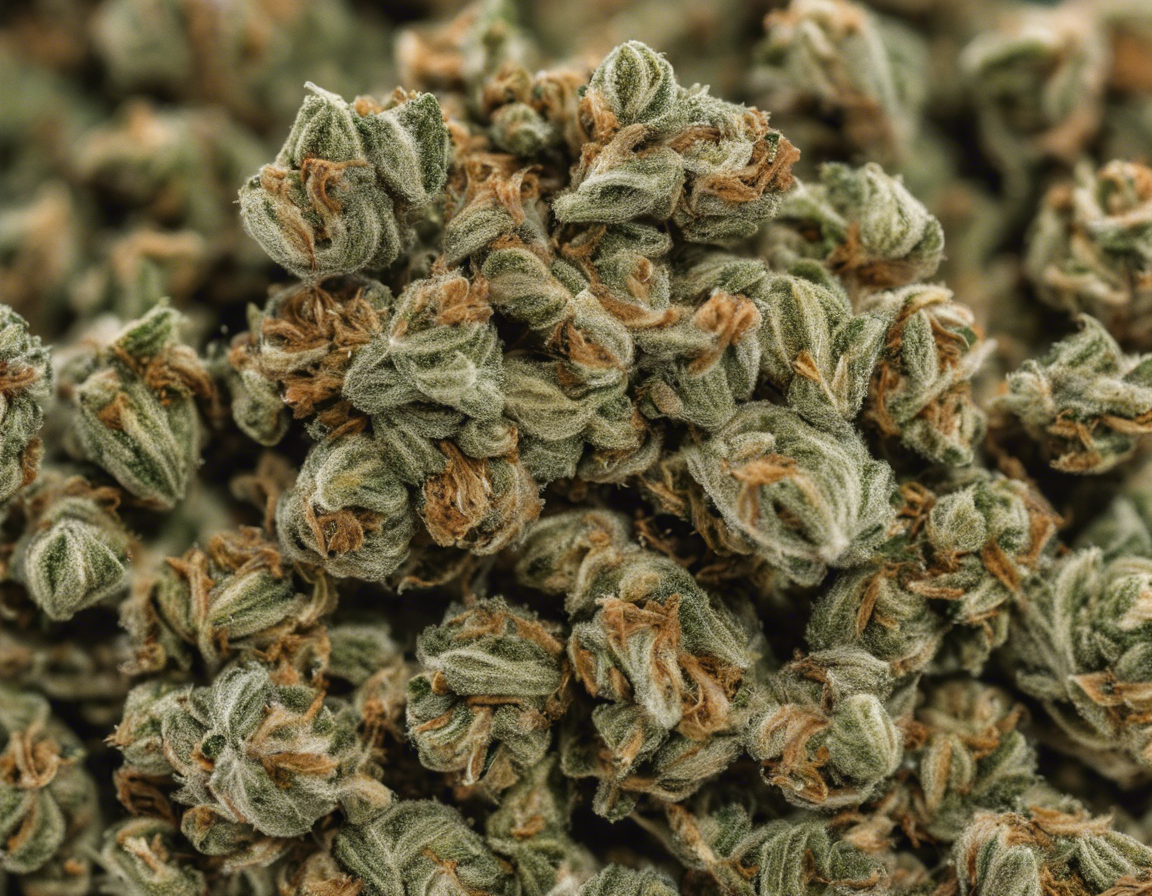Introduction
Weed, also known as marijuana or cannabis, is a widely used psychoactive drug that is increasingly gaining acceptance for both medicinal and recreational use. The average cost of one gram of weed can vary significantly depending on various factors such as the legality of marijuana in the region, the quality of the product, and the level of demand. In this article, we will delve into the specifics of the cost of one gram of weed in different contexts, shedding light on the key considerations that influence pricing in this market.
Factors Affecting the Cost of One Gram of Weed
Legal Status: One of the most critical factors influencing the price of weed is its legal status in a particular region. In states or countries where marijuana is legal for both medical and recreational use, the price per gram tends to be lower due to increased supply and lower risks for sellers. Conversely, in areas where marijuana is illegal, the cost is often inflated due to the underground nature of the market.
Quality: The quality of weed can vary significantly, impacting its price. High-quality cannabis, often referred to as top-shelf or premium product, commands a higher price per gram compared to lower quality marijuana. Factors such as THC content, aroma, taste, and visual appeal all contribute to determining the quality of weed.
Strain: Different cannabis strains can also affect the price of weed. Some strains are more popular or have higher concentrations of cannabinoids, making them more desirable and expensive. Exotic strains or those with unique terpene profiles often come with a premium price tag.
Location: The geographical location plays a significant role in determining the cost of one gram of weed. In countries where cannabis cultivation is legal and widespread, such as Canada and parts of the United States, prices may be lower due to local production. In contrast, regions where marijuana needs to be imported may have higher costs.
Supply and Demand: Basic economic principles dictate that the price of weed is influenced by supply and demand dynamics. When there is a high demand for cannabis and limited supply, prices tend to rise. Conversely, in markets oversaturated with product, prices may decrease as sellers compete for customers.
Average Cost of One Gram of Weed Worldwide
United States: In the United States, where marijuana is legalized for recreational use in several states, the average cost of one gram of weed ranges from $6 to $20. Prices can vary significantly from state to state, with California and Colorado typically offering lower prices due to a well-established legal market.
Canada: As one of the first G7 countries to legalize recreational cannabis, Canada has seen a decline in the price of weed since legalization. On average, one gram of weed in Canada can cost between $7 and $12.
Europe: In Europe, where cannabis laws vary widely from country to country, the price per gram of weed is influenced by factors such as legality and availability. In countries like the Netherlands where cannabis is decriminalized, one gram of weed can cost around $8 to $12.
What Affects the Price of Marijuana?
Legalization: The legal status of marijuana plays a crucial role in determining its price. In regions where cannabis is legal, prices tend to be lower due to regulated production and distribution.
Quality: Higher quality weed commands a higher price due to factors such as potency, aroma, and visual appeal. Premium strains with unique characteristics can come with a higher price tag.
Taxes: In areas where marijuana is heavily taxed, the final price of weed for consumers can be significantly higher. Taxes imposed on cultivation, distribution, and retail sales can all contribute to increased prices.
Availability: The availability of marijuana in a particular region can impact its price. In areas where supply is limited or demand is high, prices may rise.
Competition: The level of competition among weed sellers can influence pricing. In saturated markets, sellers may lower prices to attract customers, while in more restricted markets, prices may be higher.
Bulk Purchase and Pricing
For individuals looking to buy larger quantities of weed, bulk purchasing can offer cost savings per gram. Dealers and dispensaries often provide discounts for buying in bulk, with prices decreasing as the quantity purchased increases. However, it is essential to consider storage conditions and legal limits when purchasing marijuana in bulk.
Frequently Asked Questions (FAQs)
- Is the cost of weed the same everywhere?
-
No, the cost of weed varies depending on factors such as legalization, quality, location, and supply and demand dynamics.
-
Why is quality important in determining the price of weed?
-
Higher quality weed often commands a higher price due to factors such as potency, aroma, and visual appeal.
-
Do taxes impact the price of marijuana for consumers?
-
Yes, taxes imposed on cultivation, distribution, and retail sales can significantly impact the final price of weed for consumers.
-
How does competition among weed sellers influence pricing?
-
In saturated markets, sellers may lower prices to attract customers, while in restricted markets, prices may be higher due to limited competition.
-
Are there cost savings for buying marijuana in bulk?
- Yes, bulk purchasing of weed can offer cost savings per gram, with dealers and dispensaries often providing discounts for larger quantities.
In conclusion, the average cost of one gram of weed can vary based on a multitude of factors, from legal status and quality to location and supply and demand dynamics. Understanding these factors can help consumers make informed decisions when purchasing marijuana and navigating the fluctuating prices of the cannabis market.
